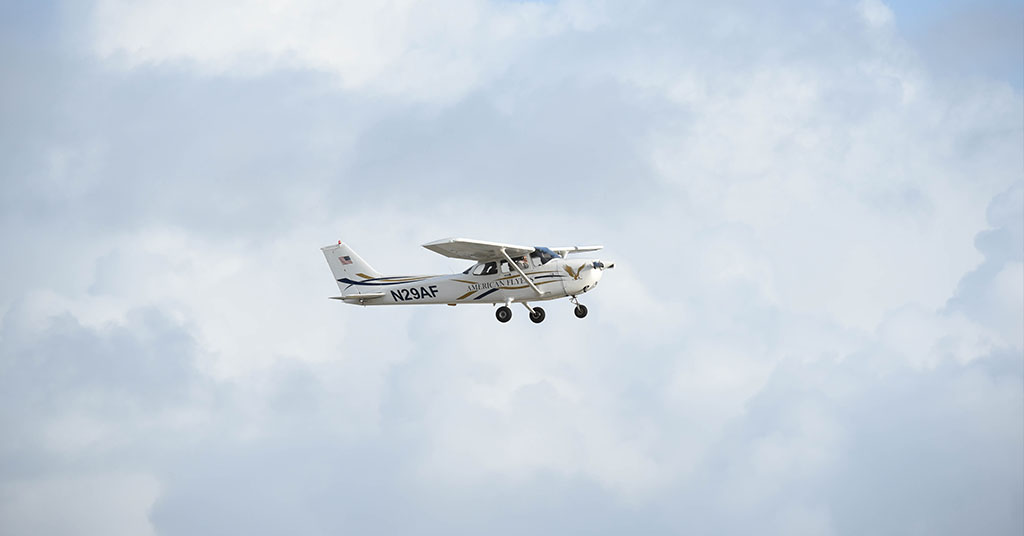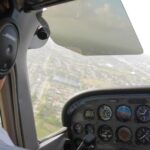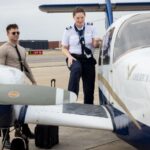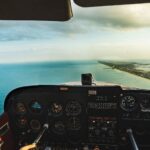By: Stephen Daun
Much of our country experienced hotter than normal temperatures this summer. Because of this, many pilots had to adjust the way that they flew to deal with the higher temperatures and higher density altitudes.
Now it’s is time to prepare for our annual mindset shift from summer to winter weather flying. The colder weather means that we need to shift how we consider factors such as performance, oil viscosity, icing, starting procedures as well as various physiological considerations.
It’s true, the colder temperatures bring out the best performance of our aircraft and there are a variety of process and flight behaviors that change in colder weather. Your pilot operating handbook (POH) is going to be your best and primary resource to understand how the temperature affects the performance of your aircraft. There are very few pilots who actively read the POH for the aircraft that they fly. As the seasons change, this is a good time to at least flip through and read yours.
We fly with many students who own their aircraft and have no idea about what other information (besides normal and emergency procedures) can be found in their POH. For example, you’ve spent all summer leaning your aircraft for takeoff, but this may not be necessary depending on where you fly during the winter. Your POH will help you determine proper procedures.
Even in the summertime, if you climb high enough you can find icy conditions. Keep in mind that in the fall months flying during the warm days is going to be a lot different as nights start to approach freezing temperatures. It is important to make sure you understand the temperature forecast differential in these circumstances, especially when flying IFR between afternoon and evening hours. Condensation can occur with the rise and fall of the external temperatures which makes draining and checking your fuel before flying even more important. Doing so can prevent carburetor icing and other fuel contamination issues from occurring. Understanding the effects of icing on your aircraft is vital. Make sure you know the difference between a having a carburetor or a fuel injected engine and the risks associated with both. These are especially important if you rent different types of airplanes with different systems.
Another important item to be aware of is the starting procedure for your airplane. This summer you may have had to prime your engine for starting, but now that the winter months are here you must consider the possibility of under priming your engine which could cause it to not start at all. Check your POH to understand how your startup procedure will change depending on the season. Look for parameters on priming your engine, keep an eye on your oil temperature as well. It is essential under these conditions to make sure that your engine has been sufficiently warmed up before performing your run-up and certainly before taking off. Failure to do so may result in engine damage.
Seasonal changes also impact pilot comfort and fatigue. We spent all summer trying to figure out how to remain cool in a hot cockpit. Now we need to remind ourselves that early morning and evening hours can result in lower temperatures, especially at altitude.
HERE ARE SOME QUESTIONS TO KEEP IN MIND
- Have you considered how you are going to
remove that long sleeve sweatshirt that you put
on at 5 am? - Have you considered how you are going to reach
your jacket in the back when it starts to get cold at
9,000 feet at 10 pm? - If you suffer from allergies are you prepared?
Climbing or descending with clogged ears can
lead to things such as vertigo. - You may have learned to fly at a quiet local
airport, but after Thanksgiving, it is overrun by Northerners trying to escape the onset of winter.
As simple and mundane as many of these items seem, it is important to remind ourselves of the effects of seasonal changes. Student and new pilots are the most vulnerable to these issues because they may not have experienced these seasonal changes yet.










